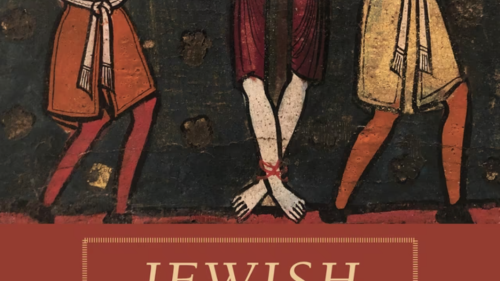Inside Insurgency addresses a question important to both academics and policymakers: How does one explain the variation in the types and level of victimization of civilian populations by insurgent groups. Some groups brutalize the local population while others do not. Some insurgent groups attack civilians but only some of the time.
Metelits, assistant professor of political science at Washington State University, has conducted extensive field research in Colombia, Iraq, Kenya, Sudan, and Turkey since 2001. Braving insurgent hot-spots, she interviewed more than a hundred insurgent leaders, military commanders, government officials, and civilians. Her research focuses on three insurgent groups in particular: the Kurdistan Workers’ Party (PKK), the Revolutionary Armed Forces of Colombia (FARC), and the Sudan People’s Liberation Army (SPLA). Although each organization has preyed on the local population, Metelits explores the variations in their victimization of civilians. The PKK targeted Turkish civilians for some time before moderating this practice. FARC evolved in the opposite way, from protecting Colombian civilians to killing, kidnapping, and extorting them. The SPLA’s trajectory was akin to that of FARC, committing widespread human-rights violations against the southern Sudanese people before winning over their allegiance.
Her explanation for this variation is intuitively plausible and well-argued. Metelits demonstrates empirically that the key explanatory variable is “active rivalry.” She writes: “When an insurgent group does not face competition over resources, the level of violence is low. In contrast, when an insurgent group faces competition—a threat to control of resources—the level of violence is likely to rise.” That is, when an insurgent group faces competition from either state or non-state entities over strategic resources essential to organizational survival (e.g. food, guns, or money), violence against civilian populations can be expected to increase. Accordingly then, insurgents can be viewed as “rational” actors who tend to harm the population in response to their own organizational concerns.
This scholarship dovetails with research on terrorist groups by Mia Bloom, Jonathan Schanzer, and others who have shown that terror groups’ violence against civilians is sometimes a function of inter-organizational squabbles rather than broader, ideological reasons. This observation has potential implications in the war on terrorism. Post-bin Laden, al-Qaeda affiliated groups are less unified than ever and may, therefore, ramp up their violence against civilians if the Metelits thesis can be generalized to this critical case.



